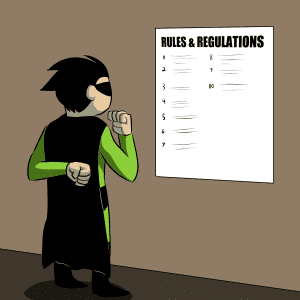One of the most common questions that I received is “What’s the fewest number of pieces that I can mail and still qualify for the bulk mail discount?” It’s probably fewer pieces than you think, but the answer to this question is “It depends.”
This short post will explain the minimums for the different types of bulk mail programs currently available from the USPS.
Presort Standard (aka Marketing Mail) = 200 piece minimum: When people think of “bulk mail” they typically think of presort standard. This is the lowest per piece postage that a business mailer can pay for an addressed mail piece.
If you plan to use direct mail to market to your existing customers then presort standard mail is almost always the most logical option. Presort standard is also an attractive choice for sending targeted mailings to prospects that share common characteristic other than geography. For example prospect mailings the target Lifestyle Lists or Business Lists are strong candidates for presort standard postage.
By the way, precancelled stamps are a little-known secret for bulk mailers who want to pay the presort standard rate, but want their mail to look like first class mail. You should never justify paying first class postage because you want your mail piece to have an actual stamp; using precancelled stamps solves this for you.
First Class Presort = 500 piece minimum: Many business mailers are not even aware that such a class of postage exists. The primary benefit of this type of bulk mail is that your mail gets forwarded if the addressee is not at their primary address at the time you send your mail.
Using first class presort postage saves you about fifteen cents apiece compared to regular 55-cent first class postage.
In my professional opinion, first class presort is generally not a smart option for typical business mail. This is particularly true if you are outsourcing your bulk mail processing to a bulk mail professional like our company. Any bulk mailer worth their salt should automatically be running your mailing addresses through NCOA, the USPS’s National Change of Address System. The NCOA system identifies any addresses on your list with a recorded permanent change of address BEFORE your mail is addressed and mailed.
Saturation Rate = It varies: From a postage point of view, nothing is less expensive than the saturation rate. In fact, with the Every Door Direct Mail Program postage is just 20.3 cents apiece and you don’t even need a bulk mail permit.
To qualify for the saturation rate, a bulk mailer needs to mail to at least 1 carrier route. A carrier route is essentially a subsection of a zip code. Carry routes typically contain between 450-1,200 addresses.
Saturation rate mailings do not allow for the personalization of your mail piece, and these types of bulk mailings are only appropriate if you are trying to target prospects specifically by geography.
Nonprofit = 200 piece minimum: First of all, let me dispel a common myth; there is no such thing as “first class nonprofit.” We get asked this question frequently and as appealing as it sounds, the USPS is just not that generous. You need to choose between either nonprofit or first-class.
Another common myth is that there’s a fee associated with getting approved to mail at the nonprofit rate; this is not true. If you are a qualifying 501C3 organization, it is completely free. Here’s a link to an article that explains how to get set up; it also includes a link to the paperwork that you’ll need to complete and submit to the USPS.
Nonprofit bulk mail is really just a further classification of presort standard mail that’s mailed at a lower postage rate. The savings are substantial; on average postage for nonprofit bulk mail is about 10 cents less per piece then presort standard mail.
Automated nonprofit mail carries postage of about 17 cents apiece which is about one third the price of a current first-class stamp. This is a pretty phenomenal savings!
I find that many smaller nonprofits in the US are not aware of how much money can be saved with nonprofit postage, and they don’t know how easy it is to get set up to mail at the nonprofit rate.
Like what you’re reading? Have you signed up for our marketing tips enews yet or are you following our blog’s rss feed?
What bulk postage option makes sense for your organization? Please share your comments below.

